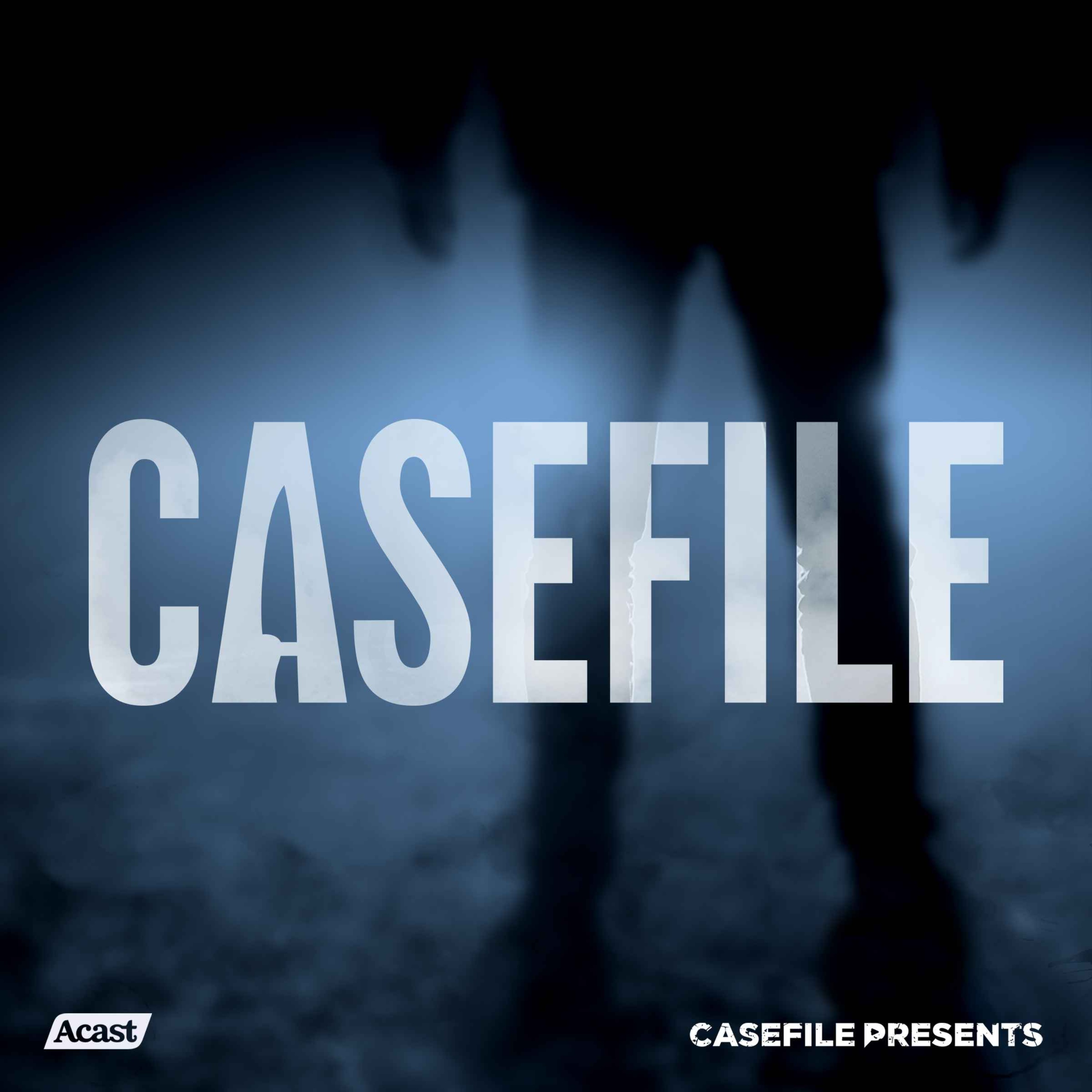15 KILLER KIDS & MURDEROUS MINORS: Can We Predict Which Kids Will Become Killers?
Episode overview: killer kids, predictive traits, and bizarre phenomena
Weird Darkness explores unsettling true crime cases of children who committed murder, the contested McDonald Triad used to flag future violent offenders, and surprising lessons from animal cognition and spiritualist history. This episode blends forensic analysis, psychology, historical accounts, and a personal haunted-house narrative.
juvenile homicide case studies and patterns
The show profiles notorious juvenile offenders across eras — from Jesse Pomeroy and Mary Bell to the Bulger killers — highlighting motive, environment, and outcomes. These deep-dive stories reveal how family dysfunction, peer influence, and untreated mental illness can coincide with extreme adolescent violence.
the McDonald Triad: arson, animal cruelty, bedwetting — myth or marker?
Explore the origins and criticism of the McDonald Triad, a three-part behavioral checklist once thought to predict later violent crime. The episode explains early studies supporting the triad, subsequent skepticism, and modern research that reframes these behaviors as red flags for abuse and trauma rather than reliable predictors of serial violence.
the clever hans effect: handler cues and experimental bias
Learn how Clever Hans the horse exposed a fundamental research bias: subjects often respond to unintentional cues from observers. The clever Hans effect revolutionized experimental design and made double-blind procedures standard in psychology and animal cognition research.
spiritualism, automatic writing, and William T. Steed
The episode includes Victorian-era spiritualism and automatic writing through the story of William T. Steed, his messages from beyond, and posthumous accounts tied to the Titanic. It situates these phenomena within cultural fascination with afterlife communication.
personal testimony: living in a 1750s haunted house
A first-person haunted-house story closes the episode, offering sensory details and long-term impact. The anecdote connects folklore, architectural history, and how shared experiences influence belief in ghosts.
Why listeners care: this episode is for true crime fans, forensic psychology students, paranormal enthusiasts, and anyone curious about how early-life experiences, research bias, and cultural beliefs shape our understanding of violence and the unexplained.




